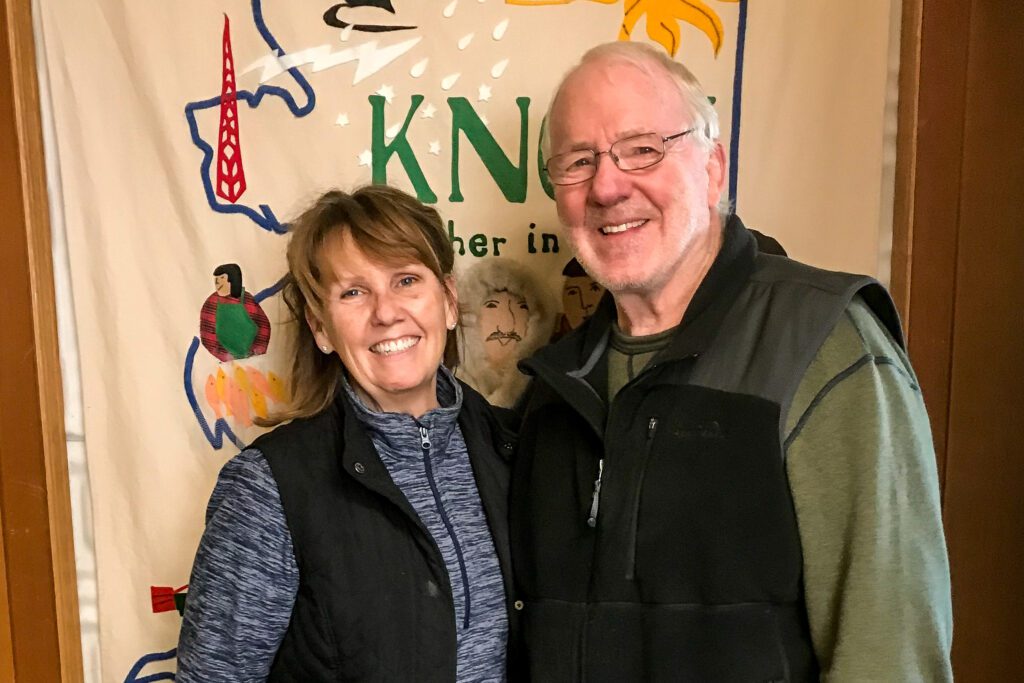Diomede is likely the most isolated of the many remote villages within KNOM’s listening area. Until recently, it was common for the village to have no transportation for weeks at a time. As of this autumn, Diomede’s transportation situation is on course for improvement: the community is finally included in the FAA’s Essential Air Service program.
EAS helps provide flights for places that would otherwise be unserved or underserved by commercial air travel. In the program’s inception in the late 1970s, during airline deregulation, Diomede was deemed ineligible for the EAS program because there were no regular passenger flights at the time. As recently as 2012, residents could only fly to Diomede “standby” on a mail carrier — if there was enough room among the parcels.
Until four months ago, Diomede was the only place in the entire United States that was not covered by EAS. This had left local residents at the mercy of helicopter flights on limited schedules, compounded by high costs and frequent threats of flight cancellations due to weather or technical problems. (Diomede’s traditional, winter-only runway, made of packed ice and intended for small bush airplanes, has not been built in recent years, partly due to unreliable weather conditions.) Such issues often leave “Diomeders” stranded for long periods of time, whether in the village or in Nome. This has impacts on all facets of life for the island community, from medical services to law enforcement to education.
While the EAS program won’t be an instant fix or cure-all for Diomede, there’s hope that the increased federal funding of EAS will help ensure a more regular flight schedule into the future, addressing the lack of transportation that has long been a fact of life.
You can learn more right here at knom.org, in a story by volunteer fellow Emily Hofstaedter.
Image at top: An aerial view of Diomede during the summer months, similar to one passengers might see while approaching the island community via helicopter, its main means of transportation to the mainland. Photo: U.S. Coast Guard, Petty Officer Richard Brahm, public domain.






